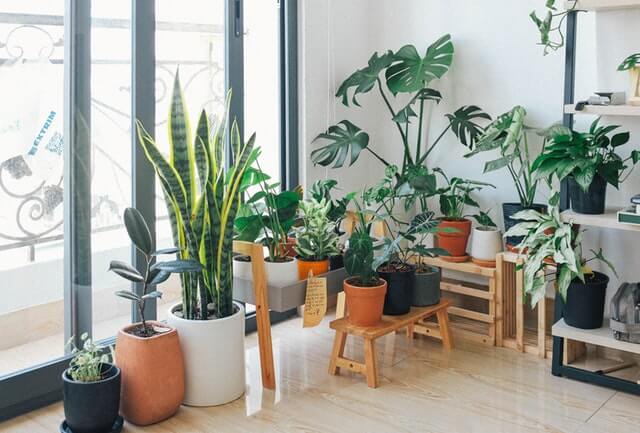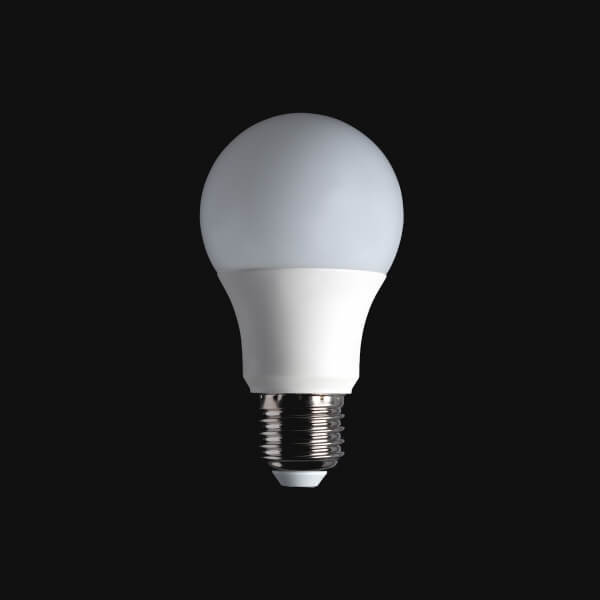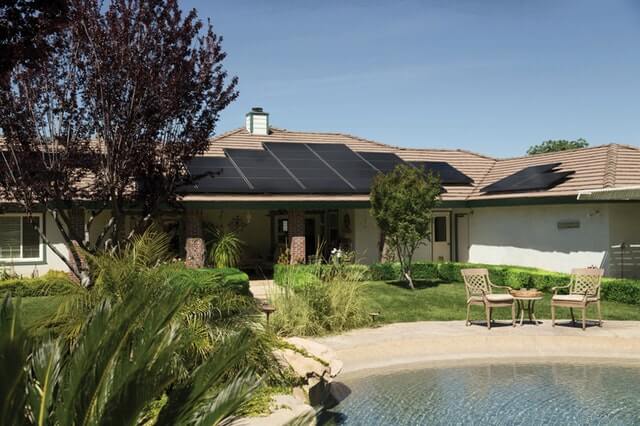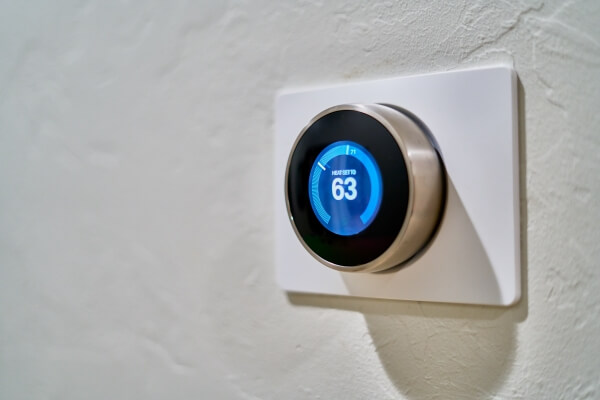Green AND Smart: 7 Steps To Making An Eco-Friendlier Home

If you’ve finally decided to do your part to save the environment, give yourself a pat on the back. That’s a start, but to become the environmental hero our planet needs, it doesn’t stop with a simple declaration. We’ve got plenty of work to do!
Fortunately, transforming your home into an eco-friendly space doesn’t need complex changes and huge investments. Although we’ve grown past the simple segregation of paper and plastic on garbage bins, some only involves a matter of changing lifestyles and instilling discipline at home.
Ready to start a green life? Check out these 7 simple tips to make your home the paragon of an eco-friendly abode.
1. Surround your home with more greeneries
More greeneries at home mean more sources of clean, fresh air for you and your family. They can also act as your natural air filter, which is extremely helpful if you’re surrounded by different forms of pollutants.
Gardening is also a good hobby that helps you achieve calm and relaxation at home. One study discovered that gardening is a good distraction from our worries and problems in life. With gardening, you’re helping the environment and your mental health at the same time.
Depending on your preference and location, you can choose to have more plants in your backyard or indoors. Your garden is your sandbox, so feel free to choose whatever plants, flowers, or vegetation you want to surround yourself with.
You can also plant some herbs and basic vegetables at home (like tomatoes and lettuce) to stock up on your culinary supply and save yourself a trip or two to the grocery.
If you don’t have adequate space at home for a mini garden, you can try urban gardening. You only need pots or other containers that consume little space and some seedlings to get started.
2. Install LED bulbs at home
LED light bulbs have been found to be more energy-efficient than fluorescent, incandescent, and even CFL light bulbs. LED bulbs convert 95% of the energy it uses into light, and only 5% is converted as wasted heat. Less heat wasted equates to less greenhouse gas emissions and less money wasted.
LED bulbs are also the most cost-efficient way to light up your home today. According to Energy.gov, LEDs use only 20 – 25% energy to produce light. They also last longer than the traditional light bulbs in the market.
A 36-watt LED light bulb can even replace an 84-watt fluorescent bulb and still produce the same lighting efficiency. Meaning, you won’t need many light bulbs to light up certain areas at home. The fewer lights you use at home, the less energy you consume. And that means good news for the environment.
They might be more expensive than your current light bulbs at home. But in the long run, you’re actually saving yourself from the high electricity bill because of their low-energy consumption. And because they last longer, you won’t need to visit the hardware store to buy replacements frequently.
3. Switch to solar power as your source of electricity
For households looking to go green with their energy consumption, efficient solar panels are the way to go.
Relying on energy from fossil fuels contributes to the continuous degradation of our environment. By burning fossils, harmful compounds are released into their and affect the planet’s ozone layer. Now, if you switch to renewable and safer energy sources like solar energy, you’re lessening the production of these harmful compounds, even if it’s only a small percentage. 
The good news is, solar panels are more affordable today, thanks to the growing demand for them worldwide. The government is also offering tax incentives for people installing solar panels in their homes to encourage more households like you to make the switch.
Smart Tip:
If you want to increase your solar power production at home, or if you don’t have enough space or compatible roof for solar panels, go for smart blinds by Solar Gaps. It’s basically window blinds and solar panels fused into one. Its ultimate purpose is to convert sunlight into energy and provide shading to encourage better air ventilation at home. Pretty cool, huh?
4. Install smart home devices
When we talk about transforming your home into an eco-friendly abode, using more technology may be the last thing on our minds. But smart home technology can help you save the environment by helping you control your energy consumption at home. 
Most smart home devices have the feature to automatically turn off appliances when not in use. You can also schedule some of your appliances to function at a specific time, like the dishwasher. This way, you won’t forget to turn it off after use and prevent your home from wasting energy.
Some also have the ability to control your lighting and thermostat temperature to an energy-efficient level. They’re mostly controlled through smartphones that allows you to control your energy consumption, even when you’re outside.
5. Unplug appliances when not in use
Appliances and electronics plugged in always consume electricity, even when they’re on standby mode. That’s why they gained the title of “energy vampires."
Even if a plugged appliance on standby consumes a small amount of electricity, if you add up ALL your plugged appliances and gadgets at home, they’re huge enough to make an impact on the environment and your electricity bill.
So unplug cords and chargers from outlets after using your appliances and gadgets. You can also save your home from experiencing power surges that usually ignites fire accidents.
6. Switch to natural cleaning products
The aggressive chemicals from chemical-based cleaners that clean your toilets and sinks can bring the same aggressive risk to your health and the environment. Some of these products also release Volatile Organic Compounds (VOCs), which can trigger respiratory ailments and allergic reactions.
Stick with enzyme-based cleaning products instead. Aside from their stain removal abilities, they also contain good bacteria that help remove unpleasant odors and stains.
Alternatively, use baking soda as your natural cleaning agent. Mix it with other household items like vinegar or citrus oil to clean even the most stubborn stains at home.
7. Dispose your food waste properly
The best way to dispose of your food waste is to create a compost pit and bury your wastes there. If they end up in landfills, these food wastes can produce methane, which happens to be the biggest and most dangerous greenhouse gas that ignites global warming.
Besides, if you’ve started gardening, your compost can be good fertilizers for your plants. They can also help control weeds growing in your garden and even lessen your need to water your plants every day.
Aside from food scraps, you can also throw in other materials like dead plants, and dried branches, twigs, or weeds. But don’t throw in animal fats and your pet dog or cat’s feces into your pit. They may attract unnecessary visitors into your compost and produce an unpleasant odor.
Take these tips by heart and into practice
Making an eco-friendly home is like losing weight. It requires dedication and discipline, even if the changes you make may not be that evident. If you find yourself losing sight of your eco-friendly goals, just think of the better world you can make for the future generation with these simple changes.